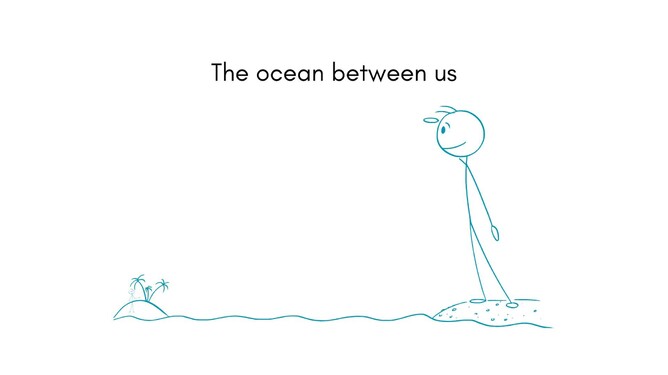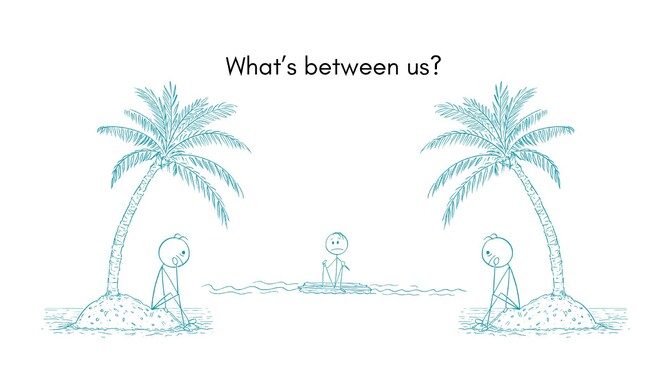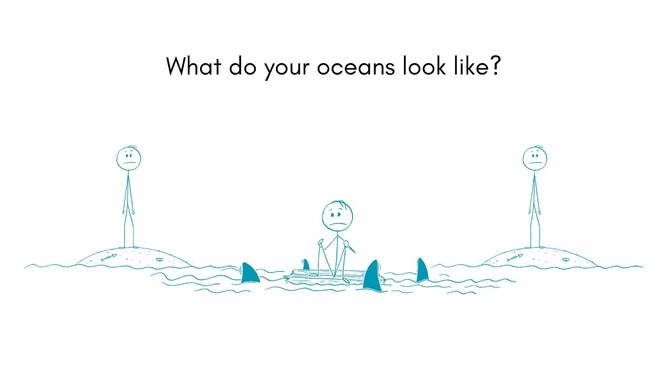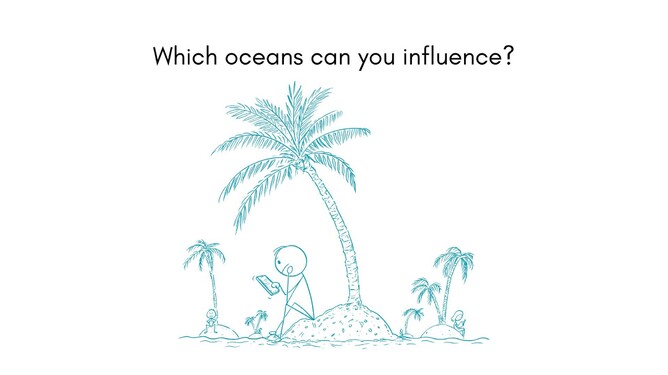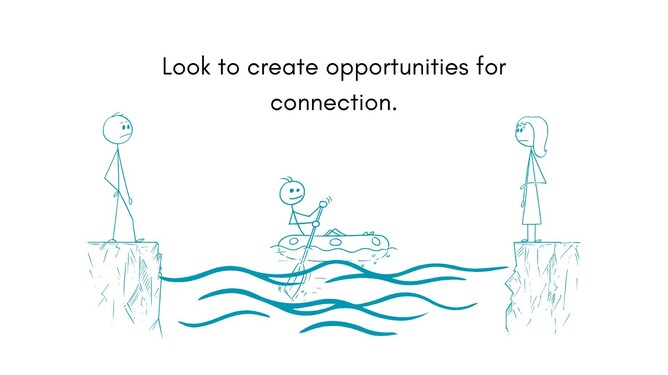Some moments change your perspective forever. I experienced one of those at a conference once. I like going to conferences, mainly because I like learning. The trouble is, usually those events are packed with interesting speakers and topics and you constantly feel like you might be missing out on something. Now, I just look for one or two things (ideas, perspectives, strategies, tools, activities, etc.) that I can use in my practice within a week. If I use it within seven days of learning about it, it’ll stick.
This conference was one for English teachers and the moment that changed my perspective came at approximately 8.42 am. So about 12 minutes into the conference I had my little golden nugget. Attending was totally worth it, and I could have gone home at that point.
I didn’t, of course.
The golden nugget came from the first keynote speaker of the day. I have forgotten his name now, but he was a teacher who had spent a year researching student performance focussing on the achievement of Māori and Pasifika students, which has been lower than average for many years. This is a systemic issue and he was looking for ways to elevate the performance of those students. To me, this sort of thing is interesting, because it is focused on how I can make a difference, not just on what the problem is. I like to know how I can help solve things.
To be fair, I don’t remember much of what he talked about, but I remember that he shared this little anecdote:
‘Early on in the research I was meeting with different people. Māori, Fijian, Samoan, Tongan and so on. Educators, leaders, and people invested in these kids’ achievements. And one of them said, ‘You know, the West, or people with a Western worldview, will look at the Pacific, and you’ll see a whole bunch of islands, all separated by the ocean. But that is not how we look at it at all. We see a whole bunch of islands all connected by the ocean. It’s a very different way of looking at it.’
The presenter paused at that point. He let us take that thought in before he said, ‘I challenge you to look at your classroom like that.’
Approximately 8.42 am.
And I had the one golden nugget I would take away from that conference.
'You look at the Pacific as a whole bunch of islands, all separated by the ocean.'
= You look at people as separate from each other.
'We look at the Pacific as a whole bunch of islands, all connected by the ocean.'
= We look at people as connected with each other.
There are two things that are important to me about this concept or idea.
One, it changed my perspective. Instead of solely focusing on the individual kids in my classroom or the individual athletes or clients I work with, I also focus on what is between them. The ocean. The relationships between them. The relationships across the team(s) they are part of. The concept redirected my attention to the spaces between people. As a coach, educator, facilitator, teacher, you influence those spaces between people. You can shape them and you can be deliberate about them.
I started to pay more attention to the opportunities students had to connect with each other and with me. And I added opportunities for them to connect in by influencing the classroom layout and activities. In coaching, I did the same thing.
Now, I will often ask athletes and clients about their relationships with teammates and loved ones, with colleagues and with staff in the different organisations they interact with. Because all those relationships are the oceans around them. And those connections have a significant influence on whether or not a person feels a sense of belonging and a sense of safety. Those connections contribute to whether or not people feel well.
That’s not to say that all oceans will always be calm. Sometimes little storms are brewing and sometimes you have to cross shark-infested waters to connect again, but if you look at it in this way, you are less likely to seek the fault with one person. You are also less likely to blame one person, because you understand, that relationships are a connection between people, and very rarely succeed or fail because of just one individual.
The second thing that is important here is that the focus of the conversation changes: the conversations become less about others and more about whether people think they themselves have the skills to navigate the troubled waters. Often the metaphor helps people see that there are a couple of skills they might be able to learn, just like you can learn to sail in very light or very strong winds. Sometimes their reflection highlights that the waters around their island are particularly rough and unpredictable when they feel stressed or are super busy. Once they are aware of that, they can work to calm those waters and they can communicate to others how to navigate communication with them during those times too. It’s a good exercise in self-awareness.
You can also use it as a springboard to discuss things, such as expectations and boundaries. Exploring expectations might look like asking, have you let people know what you would like from them to be able to build a strong connection? And have you let them know what they can expect from you? Do they know what you can connect over? What’s the anchor point or the dock or jetty they can land on? Exploring boundaries might sound like this: have you let people know where your line is and when they are about to cross it? There is nothing worse than sailing along looking for connection and accidentally hitting your defence mechanisms or a submarine fence. You can picture expectations and boundaries as a map you give to visitors who might want to come to your island. And you might want a map when you go and travel to their island.
And interestingly, no matter how rough the waters are, the oceans still connect us.
This whole, now very extended (sorry - not sorry) metaphor highlights our need for connection. Belonging, connection and care for each other form the basis for performance. Performance of any kind.
I think about this often.
If you are a leader, a coach, a teacher, or someone who gets to shape and influence environments and conversations, think about the spaces between people and how you can help them navigate those. Does everyone have the skills they need to connect? Does anyone need a bigger boat to make the journey across? How can you help? How can you create an environment that invites connection and belonging?
Look for connection, not disconnection.
I like thinking back to the moment. I can still picture exactly where I was sitting when he shared that story and I still remember the feeling of the ‘lightbulb moment’ when the story shifted my perspective. It makes me smile because it seems so obvious now. But it hadn’t been up until that point. But here we are, now you know about it too.
I hope you enjoyed this week’s blog. Thank you for reading it all. As always, I appreciate you taking the time. If it’s made you think, please let me know. I would love to hear about it.
Key points:
Pay attention to the spaces and relationships between people. Look for connection.
Every now and then, change your perspective.
Give people enough information on your expectations and boundaries that they can create a map that helps them navigate their relationship with you and ask others to do the same for you.
Reflective questions:
How can you influence the oceans between people to enable greater connection in your place of work, family, or friend group?
Where in your life are the waters a little rough? And where are they not, but they would be if you were honest and authentic about how you feel?
Do you have the skills to navigate a rough patch of ocean between you and someone else? If not, what skills do you think you’d need? Who can help you develop those skills?
Bonus: What idea has changed your perspective?
